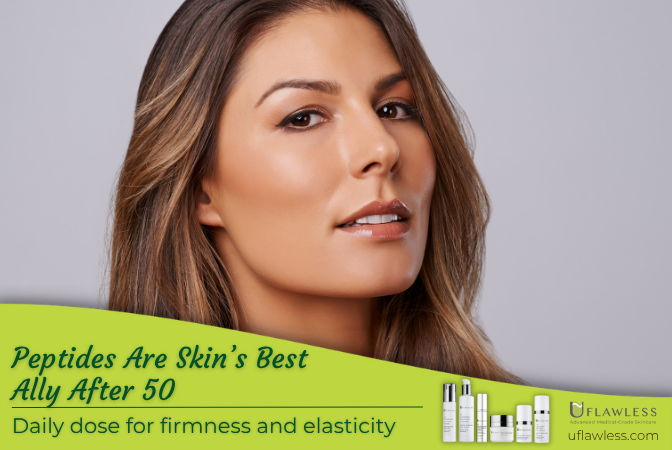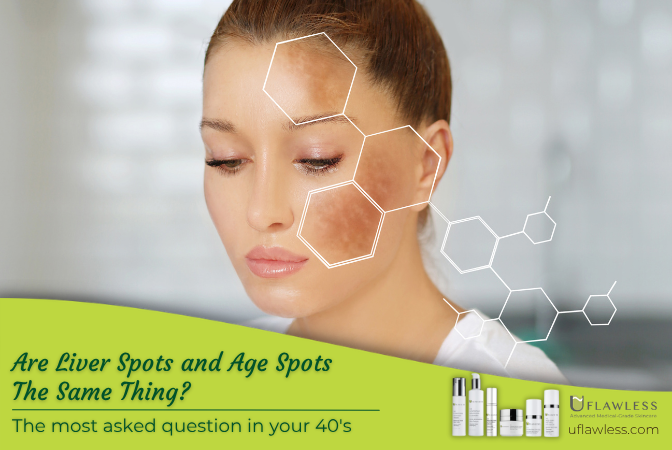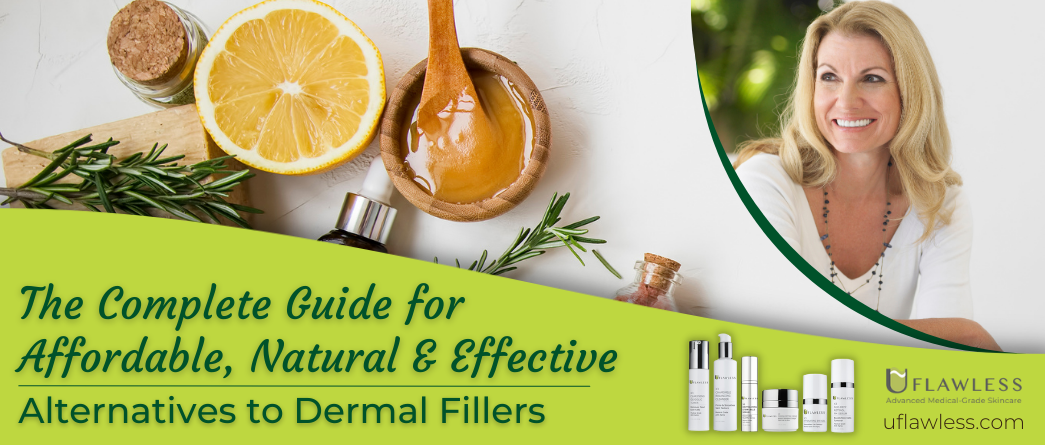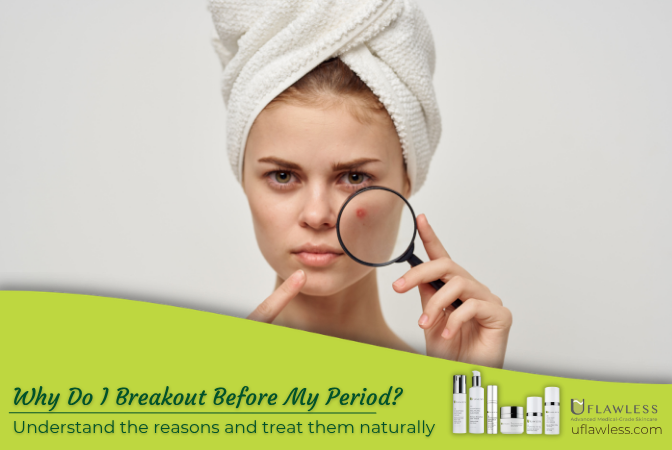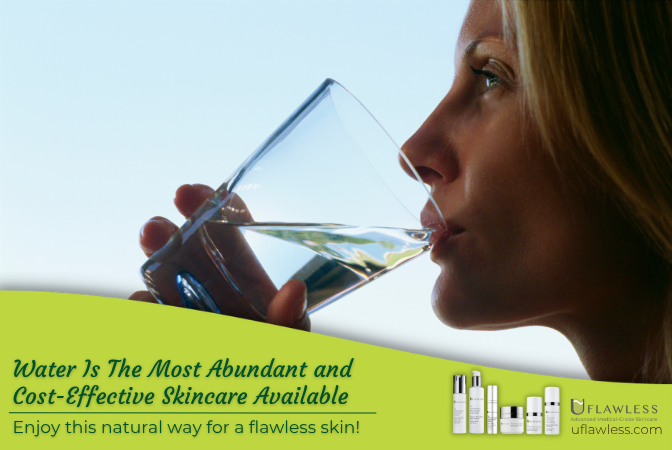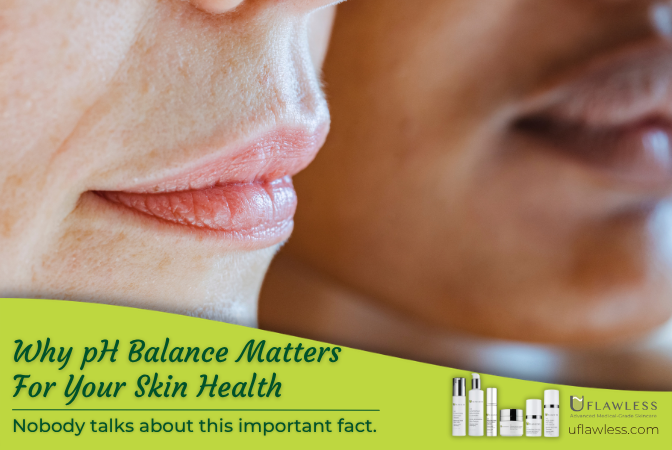
Why pH Balance Matters for Your Skin Health
Your skin’s pH balance is more important than you might think. It determines whether your skin stays healthy and protected, or becomes dry, irritated, or prone to breakouts.
Let’s break it down simply.
What Is Skin pH?
pH stands for “potential of hydrogen” and is a scale from 0 to 14 that measures how acidic or alkaline something is:
-
pH 7 is neutral (pure water).
-
Below 7 is acidic.
-
Above 7 is alkaline (or basic).
Healthy skin typically has a pH between 4.5 and 5.5, which is slightly acidic. This acidity is what helps your skin:
-
Fight off harmful bacteria and fungi.
-
Maintain a strong natural barrier.
-
Stay hydrated and youthful.
This slightly acidic environment is called the acid mantle, a thin film of oil and sweat that acts as your skin’s natural defense shield.

What Happens When Skin pH Is Out of Balance?
When skin pH is too high (alkaline), it can lead to:
-
Dry, flaky skin
-
Increased sensitivity
-
Premature aging
-
Acne or breakouts
When skin pH is too low (too acidic), it may cause:
-
Irritation
-
Inflammation
-
A compromised barrier that doesn’t heal properly
That’s why keeping your skin’s pH balanced is one of the most important goals in any skincare routine.
How to Maintain a Healthy Skin pH
1. Be Mindful of the Products You Use
Many everyday products—like harsh cleansers, soaps, and even shampoos—can strip your skin’s natural oils and raise its pH, making it too alkaline.
Look for gentle, low pH cleansers, ideally free of:
-
Sulfates (like Sodium Lauryl Sulfate)
-
Parabens
-
Harsh surfactants (like Sodium Tallowate)
Ingredients like Chamomile, Ginger, and Marine Extracts help cleanse while preserving the skin barrier. A good example is the X3 Chamomile Balancing Cleanser, which is sulfate- and paraben-free and comes with advanced medical-grade ingredients.
2. Watch What You Eat
A balanced diet plays a big role in your skin’s internal pH.
Here are foods that support healthy, pH-balanced skin:
-
Dark leafy greens (kale, spinach)
-
Healthy fats (avocado, nuts)
-
Antioxidant-rich fruits (blueberries, mangoes, carrots)
-
Plenty of water (8–12 glasses a day)
These foods help your body stay in an alkaline-forming state, which supports healthy skin, energy levels, and stronger immunity.
3. Avoid Over-Exfoliation
Using strong acids like retinoids, glycolic acid, or fruit enzymes can disturb your skin’s pH if not used properly. While these ingredients have many benefits, overuse can damage the outer skin barrier and lead to irritation or infection.
Use these treatments under guidance, and always follow with a hydrating serum or moisturizer that restores the skin’s balance.
Can I Test My Skin’s pH?
Yes. You can:
-
Visit a dermatologist, who can test your skin’s pH with professional equipment.
-
Or try at-home pH testing strips (usually used with saliva or skin swabs) to get a general idea of your body’s overall acidity.
Note: For more accurate skin readings, consult a dermatologist at least once a year.
Final Tips on Choosing a Low pH Cleanser
Here’s what to look for:
-
A pH between 4.5 and 5.5
-
Sulfate- and paraben-free
-
Gentle ingredients like Chamomile, Ginger, and Seaweed
-
Avoid harsh detergents like Sodium Lauryl Sulfate and artificial preservatives
Maintaining your skin’s pH balance is one of the most underrated secrets to healthy, glowing skin.
By combining natural skincare, a balanced diet, and smart product choices, you’re protecting your skin’s barrier and setting the foundation for lasting radiance.
And if you're ready to try a cleanser formulated to do just that, you can test the X3 Chamomile Balancing Cleanser, just cover shipping and handling.



